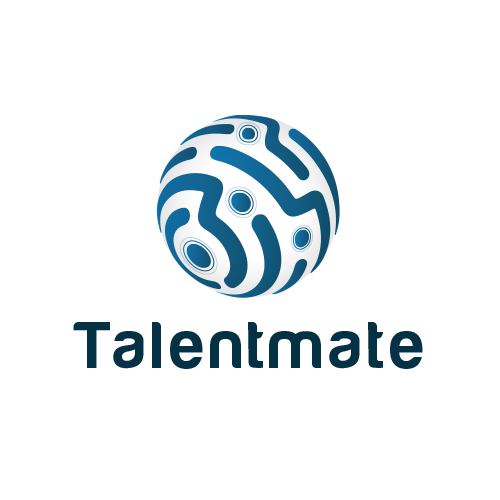
Aisera Consultant
Talentmate
India
19th September 2025
2509-5353-449
Job Description
Area(s) of responsibility
Roles and Responsibilities of an Aisera Consultant
A Comprehensive Guide to the Specialists Impact in AI-Powered Service Automation
Understanding Aisera and Its Platform
Key Responsibilities
- Client Needs Assessment
Conducting discovery workshops and interviews.
Analyzing existing service desk workflows and data sources.
Identifying opportunities for automation and AI integration.
Defining metrics for success and expected outcomes.
- Solution Design and Customization
Mapping out automated workflows for ticket resolution, knowledge management, and customer support.
Customizing Aisera’s virtual assistant to match the organization’s tone, branding, and operational needs.
Defining intent libraries, entity recognition models, and response templates.
Configuring integrations with ITSM, CRM, and other enterprise platforms.
- Platform Configuration and Implementation
Setting up the Aisera platform in the client’s environment (cloud or on-premises).
Configuring user roles, permissions, and security settings.
Connecting data sources and enabling knowledge ingestion for AI learning.
Establishing monitoring and reporting dashboards.
Executing pilot deployments and refining based on feedback.
- Testing and Quality Assurance
Develops and executes test cases for all workflows and integrations.
Validates AI predictions, responses, and automation logic.
Facilitates user acceptance testing (UAT) with client stakeholders.
Resolves issues and optimizes solution performance.
- Training and Enablement
Designing and delivering training sessions for service desk agents, IT staff, and end-users.
Creating user manuals, quick start guides, and video tutorials.
Providing hands-on support during early stages of deployment.
- Post-Deployment Support and Optimization
Monitoring KPIs such as resolution rates, user satisfaction, and cost savings.
Identifying opportunities for further automation, such as new use cases or channels (chat, voice, email).
Updating knowledge bases and retraining AI models as business needs evolve.
Offering ongoing support and troubleshooting for technical issues.
- Stakeholder Communication and Reporting
Providing regular project updates and status reports.
Documenting lessons learned, best practices, and risk mitigation strategies.
Facilitating feedback sessions to gauge satisfaction and uncover improvement areas.
Job Details
| Role Level: | Entry-Level | Work Type: | Full-Time |
|---|---|---|---|
| Country: | India | City: | Greater Bengaluru Area |
| Company Website: | https://www.birlasoft.com | Job Function: | Sales |
| Company Industry/ Sector: |
IT Services and IT Consulting | ||
What We Offer
About the Company
Searching, interviewing and hiring are all part of the professional life. The TALENTMATE Portal idea is to fill and help professionals doing one of them by bringing together the requisites under One Roof. Whether you're hunting for your Next Job Opportunity or Looking for Potential Employers, we're here to lend you a Helping Hand.
Similar Jobs
Disclaimer: talentmate.com is only a platform to bring jobseekers & employers together. Applicants are advised to research the bonafides of the prospective employer independently. We do NOT endorse any requests for money payments and strictly advice against sharing personal or bank related information. We also recommend you visit Security Advice for more information. If you suspect any fraud or malpractice, email us at abuse@talentmate.com.








